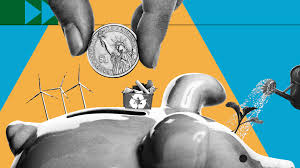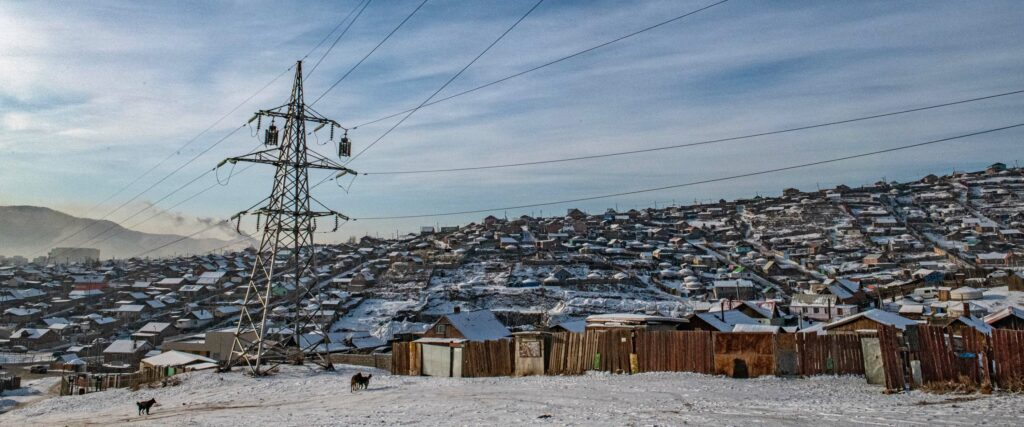
Climate change is no longer a distant threat. For developing countries, it has become a harsh daily reality, causing floods, droughts, crop failures, and deadly heatwaves. Now more than ever, these nations are calling on wealthier countries for climate aid — and the world is watching to see if promises will turn into action.

According to a United Nations report released this year, developing countries will require nearly $2.4 trillion annually by 2030 to adapt to the impacts of climate change and reduce carbon emissions. This is a steep rise compared to earlier estimates, underlining how severe the crisis has become.
The reason is simple: while these nations have contributed the least to global greenhouse gas emissions, they suffer the most from its devastating effects. From severe droughts in Africa to rising sea levels threatening island nations like the Maldives, the cost of climate inaction is climbing rapidly.
Dr. Amina Mohamed, an environmental expert from Kenya, explains, “We cannot tackle climate disasters without sufficient funds. Without help, millions in developing countries will face hunger, poverty, and displacement.”
Climate aid refers to financial support that rich, industrialized nations provide to poorer countries to help them adapt to climate change and transition to cleaner energy sources. This includes money for building sea walls, creating drought-resistant crops, developing green energy like solar and wind power, and disaster management.
Back in 2009, rich countries pledged to provide $100 billion every year by 2020 to help developing nations. But critics say that target has been missed. According to data from the Organization for Economic Cooperation and Development (OECD), the total reached about $89.6 billion in 2021, still falling short of the promised amount.
Even worse, much of the funding so far has come in the form of loans instead of grants, leaving poor countries burdened with more debt.
The question of responsibility remains a key issue in climate talks. Developed nations like the United States, the UK, Germany, and Japan have historically emitted the most greenhouse gases since the Industrial Revolution. Climate justice activists argue these nations have a moral obligation to fund climate solutions in the Global South.
Meanwhile, countries like India, Brazil, and South Africa insist that they need financial help to develop their economies sustainably — without repeating the high-carbon mistakes of the West.
Speaking at the recent COP29 Climate Summit, India’s Minister of Environment Bhupender Yadav stated, “Developing nations cannot be expected to bear this cost alone. Climate finance and technology transfer are non-negotiable for a fair transition.”

One positive step emerged at the COP28 conference in Dubai last year. Leaders agreed to create a special “Loss and Damage Fund” to support nations hit hardest by climate disasters.
The fund aims to cover the costs of recovery and rebuilding after extreme weather events like floods, hurricanes, and wildfires — something that was not addressed under previous aid commitments. However, details on who will pay, how much, and when are still unclear.
Experts warn that unless this fund is backed by real money, it will remain just another empty promise.
While climate aid sounds like a simple solution, several obstacles stand in the way:
In Bangladesh, rising sea levels are swallowing farmland, forcing thousands of families to move inland every year.
Farida Begum, a farmer from the southern district of Khulna, says, “We did nothing to cause this, but we are paying the price. My house and fields are under water. We need support to survive.”
Such stories are becoming common across Africa, Asia, and South America, where climate disasters are destroying homes, farms, and livelihoods.
Experts and activists suggest several ways to fix the broken climate finance system:
The stakes are high — not only for developing nations but for the whole world. If poorer countries cannot adapt to climate change, the risk of global food shortages, mass migration, and political instability will rise. Climate change does not respect borders, and neither should solutions.
As UN Secretary-General António Guterres recently warned, “We cannot address the climate crisis without solidarity. We cannot leave the most vulnerable behind.”
Whether world leaders will finally match words with action remains to be seen.
For millions in developing countries, climate aid is not charity — it is justice. As the planet heats up, the need for urgent, fair, and effective climate finance has never been greater. The world cannot afford delay.
Read More:- Deyaar’s Latest Announcement Shakes Up the UAE Property Market
